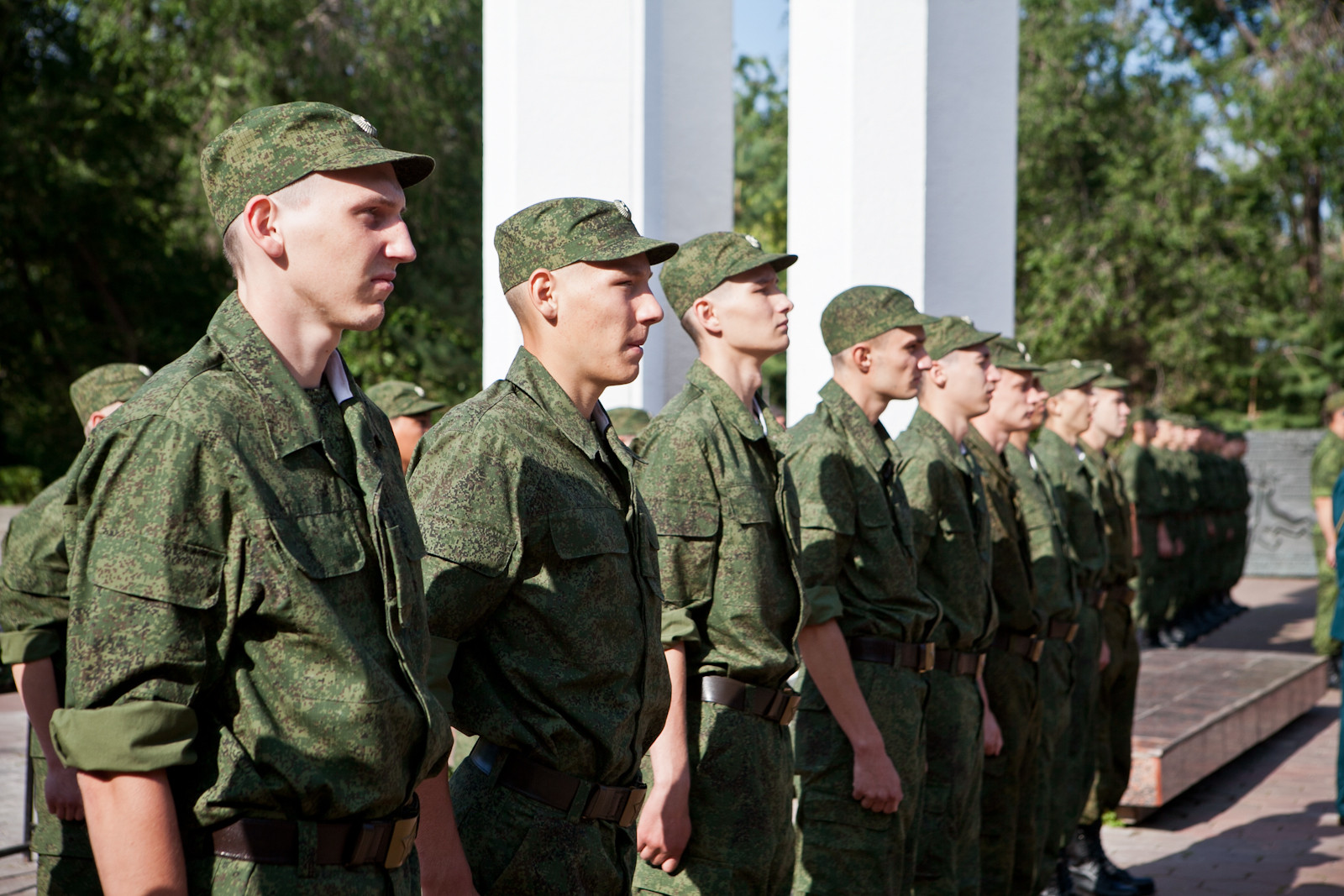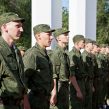
Moscow to Send Draftees From Crimea to Russian Far East, and Ukrainian Turncoats to the North Caucasus
Publication: Eurasia Daily Monitor Volume: 11 Issue: 94
By:

The Russian government, like its Soviet predecessor, has a long history of sending draftees to places far from their homes and using non-Russians as cannon fodder in conflicts of one kind or another. But rarely has the cynicism behind such policies been so evident or the risks that it will blow up in Moscow’s face been so great. The reason is the Russian government’s decision to send men drafted in the newly annexed Crimea to the Russian Far East as well as to dispatch to the unsettled North Caucasus those Ukrainian soldiers who change sides and join the Russian military.
The historical and contemporary reasons for why Moscow has sent draftees far from their homes are two-fold. On the one hand, the authorities in Moscow have always believed that such stationing has the effect of detaching young men more thoroughly from their homes, making them more malleable in training, ultimately making them more likely to identify with the country as a whole rather than with their regions or localities. And on the other, Moscow leaders have always felt that it is better to not have its military personnel be native to the place where they serve in case the authorities should have to order them to suppress popular protests of one kind or another.
And the reasons that Moscow has historically used Slavic but non-Russian soldiers as cannon fodder are equally obvious. First, in Soviet times and even now, Ukrainians and Belarusians have had more interest in pursuing a military career than do Russians, either because of cultural traditions or poverty. It is no accident that many Soviet and Russian commanders have Ukrainian names or that the Soviet state allowed, even encouraged, Ukrainians once they reached a certain rank to change their nationality—something that was not allowed in most cases. Second, the Russian state typically has not wanted to sacrifice members of its core nation if it could reliably use others in that role (Alexander Werth, Russia at War: 1941–1945, 1999).
Consequently, after Vladimir Putin’s anschluss of Crimea, Moscow’s first impulse was, predictably, to send draftees from that peninsula to places far removed from their homes. Likewise, Moscow also announced that Ukrainian soldiers who change sides and join the Russian military would be sent to serve in the North Caucasus (gordonua.com/news/crimea/Tymchuk-Prizyvniki-iz-Kryma-budut-sluzhit-na-dalnem-Vostoke-22845.html; sprotyv.info/ru/news/363-krymskie-yunoshi-budut-sluzhit-na-dalnem-vostoke-perebezhchiki-iz-vs-ukrainy-na-kavkaze). But the outrageously counterproductive consequences of these plans are patently obvious, and one can predict that one or both of these policies will be scrapped or scaled back in the near future.
Announcing plans to send draftees to distant parts of the Russian Federation is no way to win friends, even among the ethnic Russians in Crimea. Indeed, many of them are likely to view this idea as an almost unfriendly act, rather than the embrace that Vladimir Putin and his government have promised. That should have been enough to delay if not prevent such an announcement. But there is another compelling reason why this is a bad idea from Moscow’s point of view.
At least some of the future draftees from Crimea will be ethnic Ukrainians. If they are sent to the Russian Far East, they will be in a place that is far more Ukrainian than even the Crimean peninsula. Prior to World War I, the tsarist authorities resettled ethnic Ukrainians in a region bounded by Vladivostok, Nakhodka and Khabarovsk. They and their descendants, who are presently estimated to number as many as three million and, according to Russian censuses (https://www.gks.ru/free_doc/new_site/perepis2010/croc/perepis_itogi1612.htm), form more than 60 percent of the population of the Russian-controlled Kurile Islands (disputed with Japan), retain their attachment to Ukrainian culture and, in some cases, language.
Ukrainians in the Russian Far East and those living in Ukraine proper call this distant region the “Zelenyi kiln” or “green wedge.” Its Ukrainian inhabitants were politically active just before and during the 1917 Russian Revolution, helped defeat the anti-Bolshevik White Movement there because of the latter’s opposition to any autonomy for non-Russians, and later constituted a sufficient threat to Soviet power that they were subjected to some of the first show trials in the Soviet era. Few know a lot about them in the West, but the United States even broadcast to them in Ukrainian from Japan in the mid-1980s (Ivan Svit, Ukrains’ko-iapons’ki vzaiemyny [Ukrainian-Japanese Relations], New York, 1972, p. 371).
Consequently, Ukrainian draftees from Crimea sent to serve in the Far East might take something quite different from that experience than Moscow hopes and might be rather poor candidates for suppressing any popular resistance there, should such a need arise.
Meanwhile, the announcement that Moscow will send Ukrainian deserters who join the Russian military to the turbulent North Caucasus is even more obviously absurd: If the Russian government wants Ukrainian soldiers to join the Russian Armed Forces, telling them in advance that they will be sent to what is still a combat zone is probably not the best way to recruit them. As a result, this policy also is likely to face imminent reversal.




